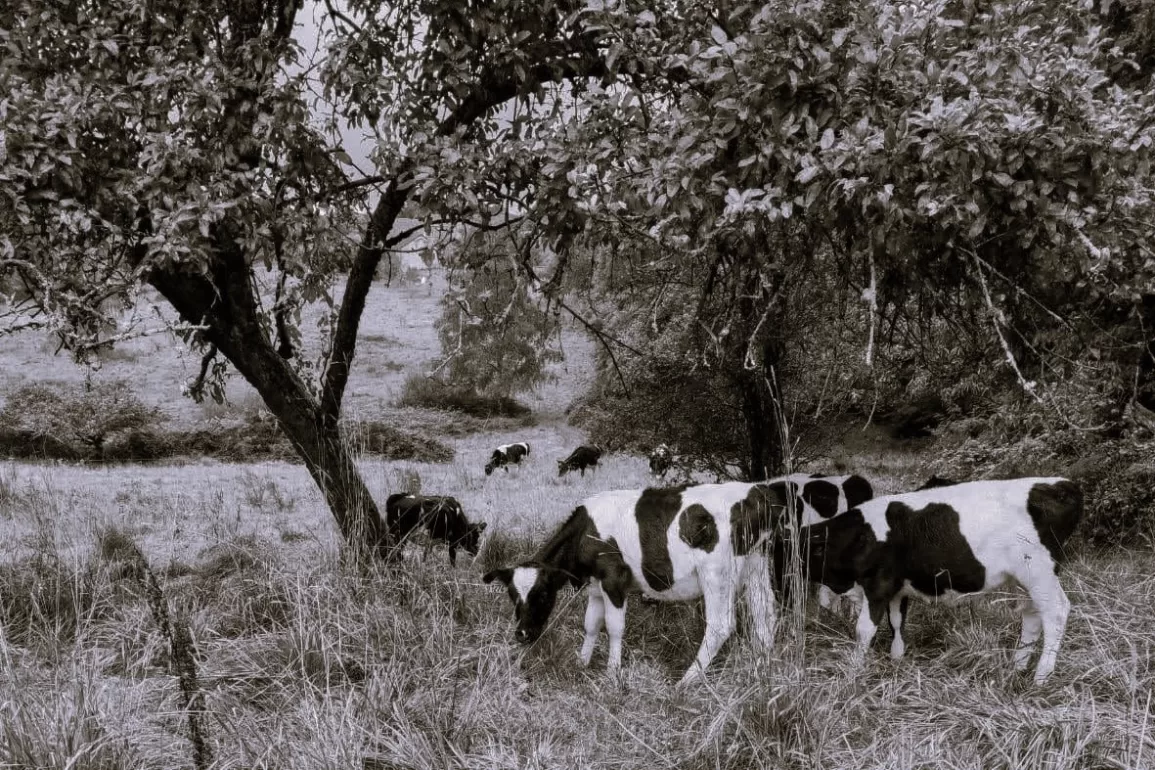This three-part installment follows Donna as she and the surrounding community try to solve what has killed her calf. Donna and her wife farmed in Folles, France, with their two children. Read Part I here. * Thursday I fed the poultry at first light and checked on Blossom. He looked better, and I felt reassured that killing Kinky Boots had been the right thing to do. Then I took the Traxter down to the lake to check on the calves…....

